How to choose seamless stainless steel pipes and welded pipes Seamless steel pipes are much higher than welded pipes in terms of corrosion resistance, pressure resistance and high temperature resistance. With the improvement of welded pipe manufacturing technology, its mechanical properties and mechanical properties are gradually approaching seamless pipes. The production process of seamless pipes is relatively complicated, and its price is more expensive than welded pipes. According to the characteristics and differences of stainless steel seamless pipes and welded pipes, reasonable selection should be made in the application to achieve economic, beautiful and reliable effects:
1. When used as decorative pipes, product pipes, and support pipes, good surface effects are generally required, and stainless steel welded pipes are generally used;
2. For general low-pressure fluid transportation, such as low-pressure systems such as water, oil, gas, and air, as well as heating hot water or steam, stainless steel welded pipes are usually used;
3. For industrial engineering pipelines and large equipment to transport fluids, as well as pipelines requiring high temperature, high pressure, and high strength on power plants and nuclear power plant boilers, stainless steel seamless pipes should be used;
4. Stainless steel welded pipes are generally used for liquid transportation below 0.8MPa, and seamless pipes can be used for liquid transportation above 0.8MPa. If the pressure requirement is not high, it will be more economical to use welded pipes.
5. The stability of stainless steel seamless pipes in high temperature resistant environments is better than that of welded pipes, and they are suitable for high temperature parts such as heat exchangers, superheaters, and reheaters. Stainless steel welded pipes may experience intergranular corrosion or mechanical property degradation in the weld area at high temperatures. Therefore, in equipment with high high temperature requirements, seamless pipes should be given priority to ensure safe operation.
6. In industries such as chemicals, medicine, and food that have high requirements for hygiene levels and corrosiveness, it is recommended to choose seamless pipes or precision welded pipes that have been polished and meet hygiene standards. For conveying systems that require smooth inner walls, no dead corners, and easy cleaning, stainless steel seamless pipes can provide better cleanliness, especially for CIP/SIP cleaning systems.
7. In pipes used in building structures, if they mainly bear static loads and have strict cost control, such as curtain wall supports, stair handrails, railings, etc., the use of stainless steel welded pipes can significantly save costs while ensuring appearance. If you need to withstand vibration or impact loads, it is recommended to use stainless steel seamless pipes with more stable structural performance.
8. In refrigeration, air conditioning and boiler heat exchange systems, welded pipes are widely used in condensers and evaporators because of their uniform production size, low cost and easy batch processing. If the system pressure is high or the temperature difference fluctuates greatly, seamless pipes should be used to reduce the risk of cracks or leakage caused by thermal expansion and contraction.
1. Different manufacturing processes: seamless pipes are made by integral perforation and rolling, without welds; welded pipes are formed by rolling steel strips and then welding them, with welds.
2. Performance differences: seamless pipes have better pressure resistance, high temperature resistance, and corrosion resistance, and are suitable for high-demand occasions; welded pipes have slightly lower mechanical properties and are suitable for low-pressure or decorative purposes.
3. Appearance and cost: welded pipes have smoother surfaces, more uniform sizes, and are cheaper; seamless pipes are more expensive and difficult to process.
4. Usage scenarios: seamless pipes are mostly used for industrial fluid transportation, high temperature and high pressure environments; welded pipes are often used in civil or low-pressure systems such as building decoration and water pipes






 English
English Español
Español بالعربية
بالعربية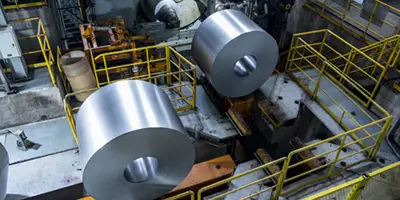
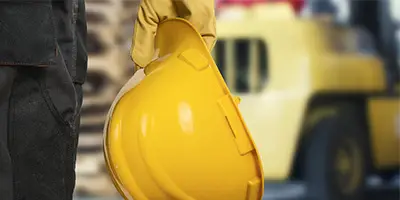
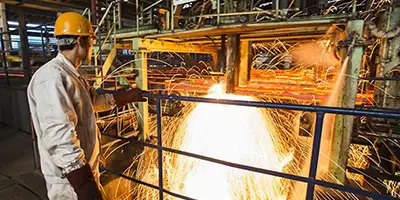
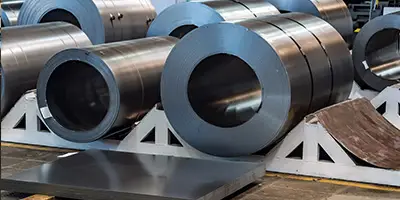

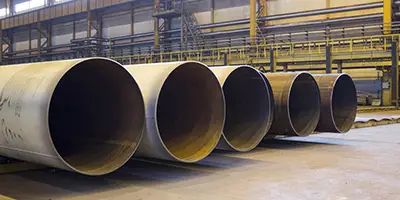

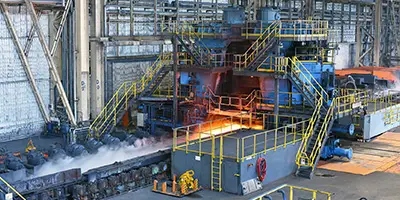
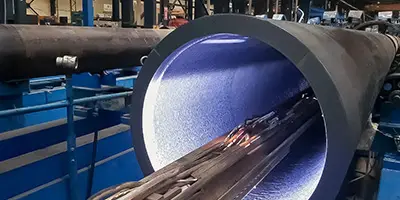
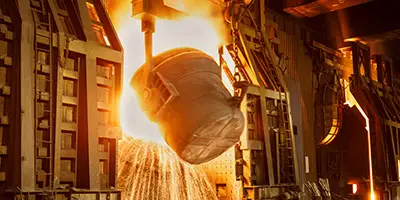
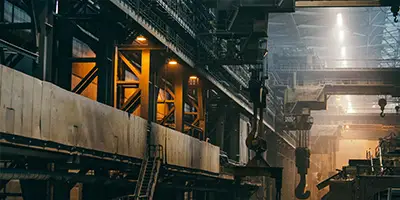
 Phone :
Phone :  Whatsapp :
Whatsapp :  Email :
Email : 


